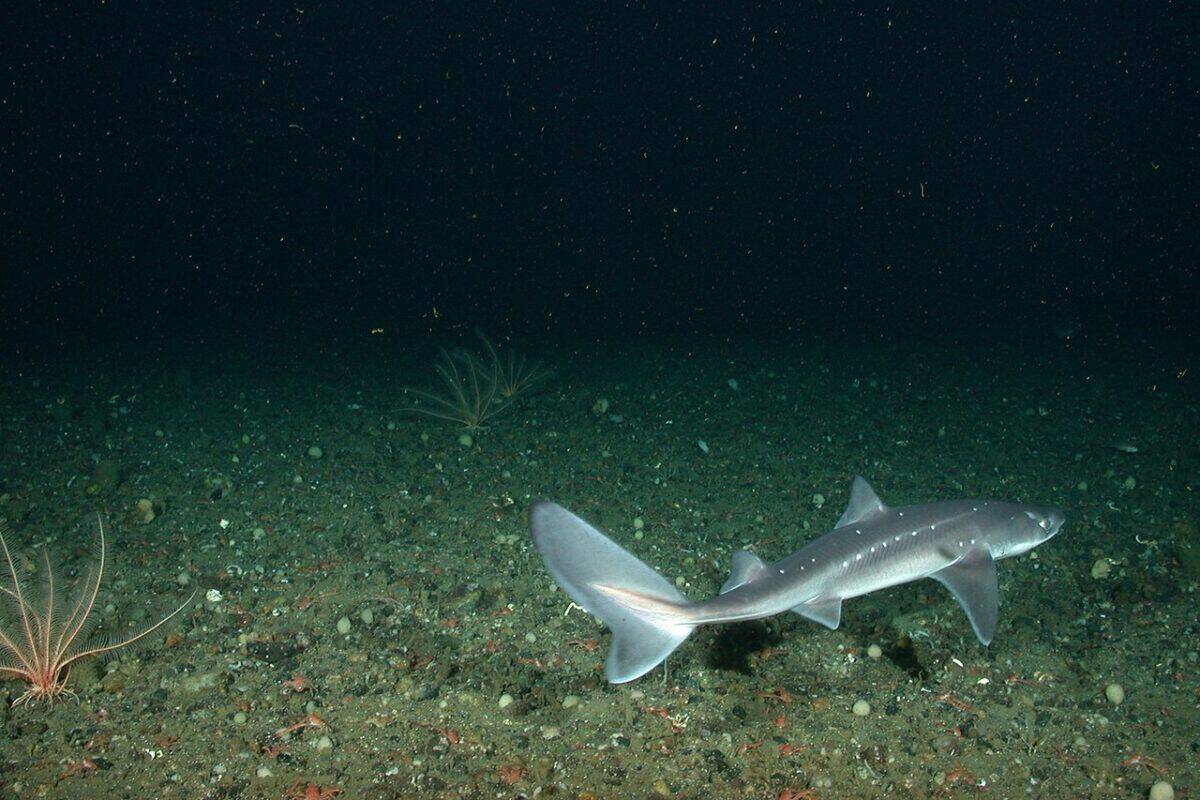The ocean, covering over 70% of our planet, is a mysterious realm teeming with life yet largely unexplored. Among its many enigmas are the unexplained sounds that echo through its depths, sparking intrigue and curiosity among scientists and enthusiasts alike. These deep-sea noises, sometimes eerie and often unexplained, invite us to ponder the mysteries hidden beneath the waves. Let’s dive into the fascinating world of underwater acoustics and the quest to decipher these strange sounds.
The Phenomenon of Underwater Sounds

Sound travels faster and more efficiently in water than in air, making the ocean a perfect medium for the transmission of acoustic signals. Many marine creatures have evolved to use sound for communication, navigation, and hunting. However, not all underwater sounds come with an explanation. Some are mysterious, complex, and haunting, leaving researchers intrigued and puzzled.
The “Bloop” Mystery

One of the most famous deep-sea sounds, named the “Bloop,” was recorded in 1997 by the National Oceanic and Atmospheric Administration (NOAA). Originally thought to be the sound of an enormous, unknown marine creature, the Bloop was later identified as icequake—massive icebergs cracking and fracturing. Despite its mundane explanation, the Bloop continues to capture the imagination due to its uniqueness and power.
The Enigmatic “Upsweep”

The Upsweep is another mysterious sound detected by NOAA’s Equatorial Pacific autonomous hydrophone array since 1991. This sound consists of a long, sustained sequence of narrowly focused frequency upsweeps. Its source remains unclear, but hypotheses suggest it might be related to volcanic activity. The Upsweep serves as a reminder of the dynamic processes occurring beneath the ocean’s surface.
“Slow Down” Signals

Recorded in 1997, the “Slow Down” sound is named for its gradually decreasing frequency. Originating near the Antarctic Peninsula, theories suggest it could be caused by the shifting and movement of ice or the flow of oceanic currents. The true source remains unidentified, adding to the allure of deep-sea mysteries.
The Ocean as a Symphony

The ocean houses an incredible symphony of sounds, ranging from the clicks and songs of whales to the crackling of snapping shrimp. This complex soundscape plays a crucial role in the marine ecosystem, aiding in the communication and survival of countless species. These natural symphonies contrast sharply with the unexplained noises that captivate human curiosity.
The Role of Human Activity

Human activities contribute significantly to underwater noise pollution, altering the acoustic environment of the ocean. Shipping, construction, and military sonar are prominent sources of anthropogenic noise, adding to the cacophony of the deep sea. Understanding and mitigating these impacts is vital for preserving marine life and unraveling the mysteries of natural underwater sounds.
Technological Advances in Sound Detection

In recent decades, advances in technology have revolutionized our ability to monitor and analyze underwater sounds. Sophisticated hydrophone networks and computer algorithms enhance our capacity to detect, classify, and understand these enigmatic noises. These tools are essential in decoding the vibrational secrets hidden beneath the waves.
The Ongoing Hunt for Answers

Despite technological advancements, numerous underwater sounds remain unexplained. Scientists continue to explore and speculate, employing a blend of oceanography, marine biology, and acoustics to unravel these mysteries. Each new discovery adds a piece to the intricate puzzle of oceanic phenomena.
The Fascination with the Unknown

The allure of the unknown continues to captivate researchers and the public alike. Unexplained deep-sea sounds stir the imagination, inviting us to explore the possibilities of unknown marine life or geophysical processes. This mystery fuels scientific exploration and keeps the spirit of discovery alive in oceanography.
Protecting the Oceanic Soundscape

Preserving the natural acoustic environment of the ocean is critical not only for marine life but also for sustaining our curiosity about deep-sea sounds. Efforts to reduce noise pollution and protect habitats are crucial steps toward ensuring that future generations can continue to study and appreciate these underwater mysteries.
Conclusion: A Call to Explore

The mystery of deep-sea noises is a compelling reminder of how much we have yet to learn about our blue planet. As technology advances and our understanding grows, we may unravel these enigmatic sounds, bringing us closer to understanding the vast, secret world beneath the waves. The call to explore remains strong, urging us to continue our quest for knowledge and discovery in the depths of the ocean.
- The 10 Largest Stingrays Ever Found in American Waters - August 14, 2025
- 15 Loudest Animals on Earth - August 14, 2025
- 15 Common Mistakes When Caring for Pet Birds - August 14, 2025

